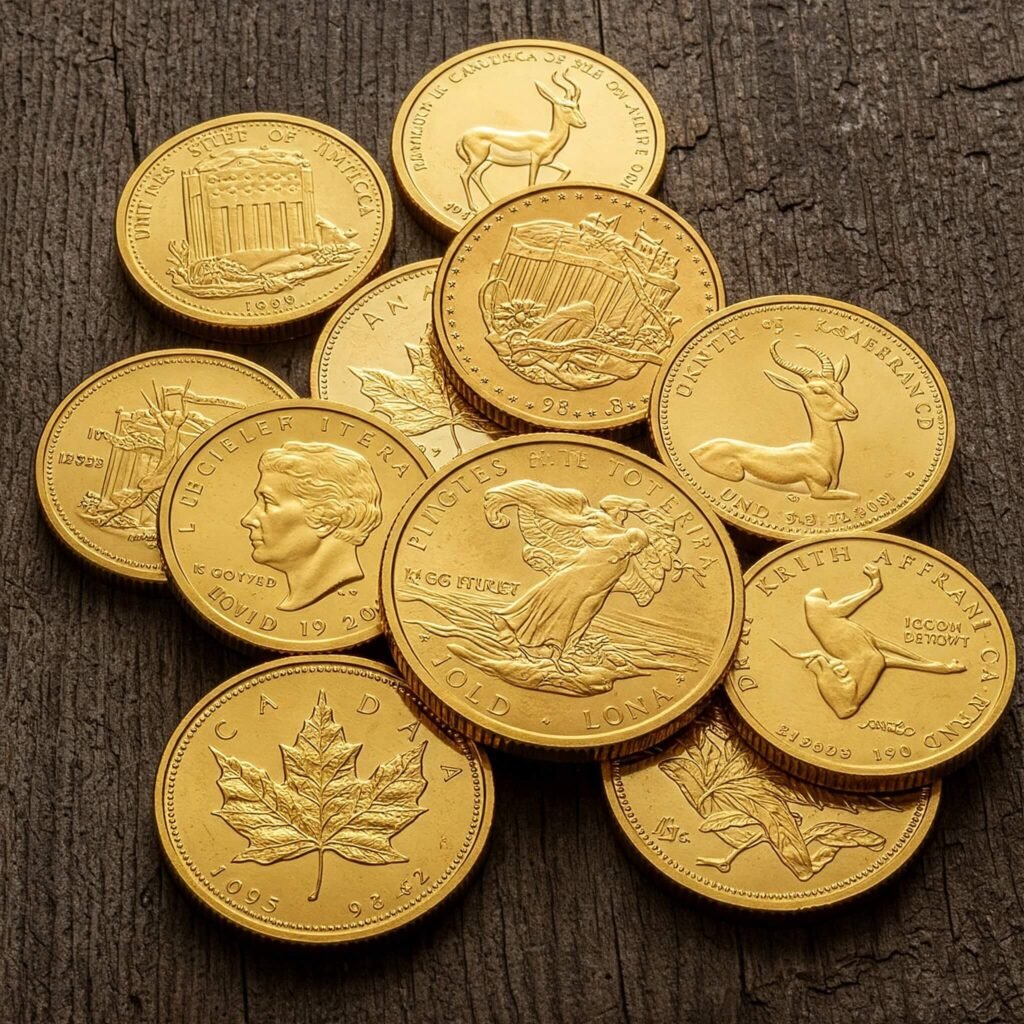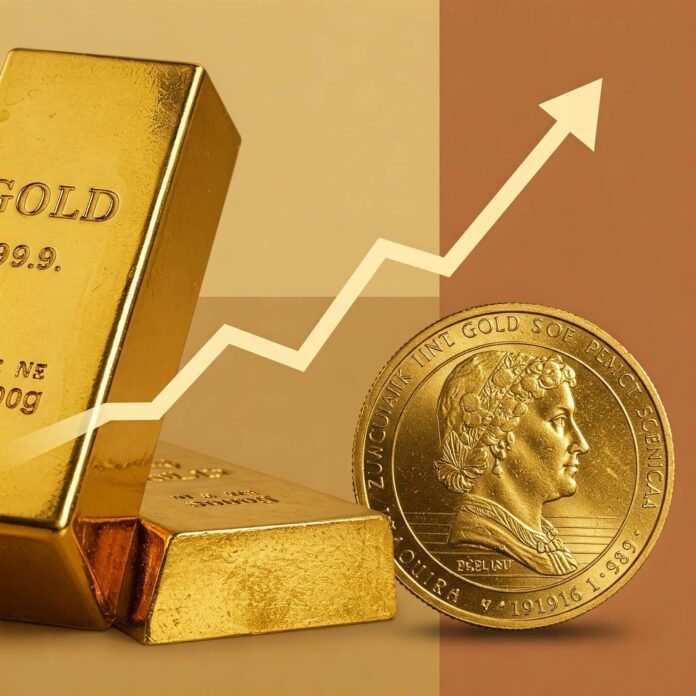Welcome, aspiring gold investor! Diving into the world of precious metals can seem daunting at first, especially with all the specialized language. But don’t worry, you’re in the right place. This guide will break down essential gold investment terminology, making it easy for first-time investors like you to understand the basics and confidently navigate the market. We’ll explore key concepts, from the different forms of gold to the factors influencing its price, ensuring you have a solid foundation for your investment journey.
Understanding Different Forms of Gold: Key Gold Investment Terminology
One of the first things you’ll encounter is the variety of ways you can invest in gold. Each comes with its own set of gold investment terminology.
Physical Gold: Tangible Assets
This refers to the actual, physical form of gold you can hold.
- Gold Bullion: This typically refers to gold in the form of bars or ingots, often stamped with their weight and purity. Bullion is a popular way to invest in larger quantities of gold.

- Gold Coins: These are minted coins containing a specific weight and purity of gold. Some are purely for investment, while others have numismatic (collector’s) value.

- Gold Jewelry: While beautiful, the price of gold jewelry often includes premiums for craftsmanship and design, making it less direct as a pure gold investment. However, it still holds intrinsic gold value.
Paper Gold: Indirect Ownership
These instruments allow you to gain exposure to the price of gold without physically owning it. Understanding the related gold investment terminology is crucial here.
- Gold ETFs (Exchange-Traded Funds): These funds hold physical gold and trade on stock exchanges like stocks. Each share typically represents a fraction of an ounce of gold. They offer a liquid and relatively low-cost way to invest in gold. You can learn more about ETFs from reputable financial resources like Investopedia: https://www.investopedia.com/terms/e/etf.asp
- Gold Futures: These are contracts that obligate the buyer to purchase or the seller to sell a specific amount of gold at a predetermined price on a future date. This is generally for more sophisticated investors. You can explore futures contracts on exchanges like the CME Group: https://www.cmegroup.com/trading/metals/precious/gold.html
- Gold Mining Stocks: Investing in companies that mine gold can provide exposure to the gold market. However, the performance of these stocks is also influenced by factors specific to the company, not just the price of gold.
Key Gold Investment Terminology You Need to Know
Beyond the forms of gold, several other terms are essential for first-time investors.
Price and Purity
- Spot Price: This is the current market price at which gold is bought and sold for immediate delivery. It’s the benchmark price you’ll often see quoted.
- Troy Ounce: This is the standard unit of weight for precious metals, equivalent to approximately 31.1 grams.
- Karat (K): This measures the purity of gold. 24 karat (24K) is pure gold (100%), while lower karats indicate gold mixed with other metals (alloys) for strength and durability. For example, 18K gold is 75% pure gold.
Market Dynamics
- Inflation Hedge: Gold is often considered a hedge against inflation, meaning its value tends to rise when the purchasing power of fiat currencies decreases.
- Safe Haven Asset: During times of economic uncertainty or geopolitical instability, investors often turn to gold as a safe haven to preserve wealth.
- Liquidity: This refers to how easily an asset can be bought or sold without significantly affecting its price. Gold ETFs and bullion are generally considered liquid.
Costs and Considerations
- Premium: This is the amount you pay above the spot price when buying physical gold (coins or bullion). It covers manufacturing, distribution, and dealer markups.
- Storage Costs: If you own physical gold, you’ll need to consider secure storage options, which can involve fees.
- Transaction Costs: Buying and selling gold, whether physical or paper, can involve brokerage fees or commissions.
Tips for First-Time Gold Investors: Applying Gold Investment Terminology
Now that you’re familiar with the basic gold investment terminology, here are a few actionable takeaways:
- Start Small: You don’t need to invest a fortune to begin. Consider starting with smaller denominations of gold or a few shares of a gold ETF.
- Do Your Research: Understand the different forms of gold and the associated costs and risks.
- Consider Your Investment Goals: Are you looking for long-term wealth preservation or shorter-term gains? Your goals will influence your investment choices.
- Diversify: Don’t put all your eggs in one basket. Gold should be part of a diversified investment portfolio.
- Buy from Reputable Dealers: Ensure you’re purchasing genuine gold from trusted sources. You can find accredited dealers through organizations like the Better Business Bureau. https://www.bbb.org/
Conclusion: Embracing Gold Investment Terminology
Understanding gold investment terminology is the first step towards confidently investing in this precious metal. By familiarizing yourself with the different forms of gold, key market concepts, and associated costs, you can make informed decisions that align with your financial goals. Remember to start small, do your research, and always prioritize security and diversification. Happy investing!





